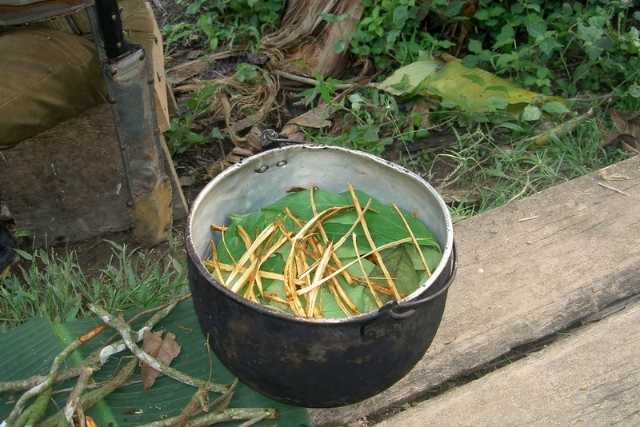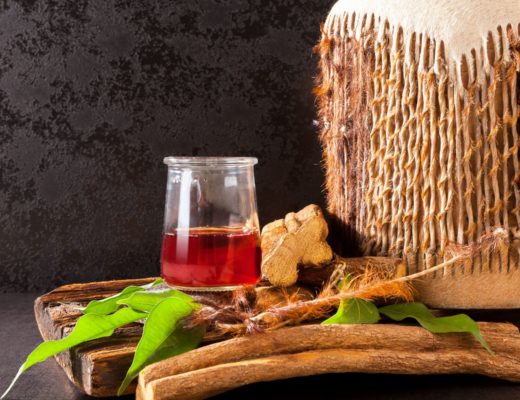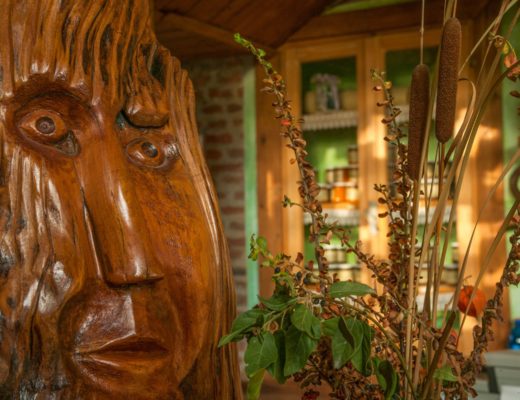Sacred plants have been used in ceremonies throughout the ages and by many different cultures and religions.
Recently through the wider acceptance of hallucinogens, these ceremonies have been sought out by people who wouldn’t normally have access to them.
Due to its increasing popularity it’s easy to lose sight of its history and purpose.
What is a medicine ceremony?
A medicine ceremony is a spiritual ceremony where a healing plant is used through either ingestion in the form of a tea or inhaled through smoke.
The intention of the ceremony is to gain spiritual growth or healing.
Normally, ceremonies are performed by an experienced shaman that is highly trained in their shamanic practices.
Role of the Shaman
It is tradition that a sacred ceremony be done by a shaman who can reach a high level of spiritual energy. The power of the shaman is said to directly affect the power of the sacred plant to heal, uplift and enlighten the participants.
The Shaman will lead his participants through preparation for the ceremony by instructing them to fast and go through a detox before the ceremony.
Once the ceremony begins the shaman is there to help guide you safely through your journey and intervene if needed. He or she is seen as a person who can safely comprehend the spirit world and maintain a balance between the real word and the spirit world while participants are on their journey.
After the ceremony is complete the shaman will help you interpret, understand and gain knowledge from your experience.
Role of the Participant
As a participant of a sacred plant ceremony, you must approach it as a sacred journey with the intention to gain knowledge, healing, and enlightenment.
It is recommended that you only take part in one if you feel compelled to and not pressured.
When you decide to take part in a sacred plant ceremony you are saying you are ready to make a change in your physical, emotional, mental, and spiritual life.
This is not something to be done recreationally or on a whim.
You must prepare your body and mind before the ceremony by following the directions of the shaman which are usually to fast and detox your body and mind.
You are also usually told to restrict yourself of the following:
- Alcohol
- Sex
- Drugs
Your shaman will recommend you go through a period of meditation to gain clarity on what your true intentions are for the ceremony so that you will be as open to the full experience of the sacred journey as possible.
The history of sacred plants and their medicine ceremonies.
Throughout human history there has always been a strong desire to connect with gods, ancestors and other sources of the spirit world or realms.
Many clans, sects, and tribes sought out sacred plants to use as a source of spiritual and medicinal aids.
They created rituals around the plants, developed sacred ceremonies and believed supernatural powers resided in the tissues of the plant as a gift to humans on earth.
In shamanic culture, sacred plants are not considered drugs. They are highly respected and seen as sacred medicines.
Some cultures view them as actual spiritual entities like gods or goddesses and offer up prayers to the spirits that belong to the sacred plants.
The overall belief is that these sacred plants are deeply connected to the Spirit, or Source and can transport our minds to realms where we can gain great knowledge, enlightenment, and healing.
Many cultures used these sacred plants in the following rituals:
- Burial rituals
- Rites of passage
- Healing rituals
- Vision quests
- Purification rituals
Historically, through these plants, shamans believed they had the power to:
- Enter trances
- Combat evil spirits
- Cure diseases
- Communicate with ancestors
- Prevent famine
- Control the weather
It is also believed that the sacred plant knows exactly what one most needs to see, feel, hear, experience, and learn.
Each ceremony will contain prayers, mantras and chants that are specific to the sacred plant that is being used.
Sacred Plants
Common shamanic plants include:
- Ayahuasca
- Iboga
- San Pedro Cactus
- Salvia
- Peyote Cactus
- Psychedelic mushrooms
The science behind sacred plant medicine.
Scientists have studied the therapeutic potential of plant medicine for the following brain disorders:
- PTSD
- Substance abuse
- Depression
- Eating disorders
- Grief
Through these studies, scientists have found that the effects of sacred plants on the human brain is increased synapses, brain activity, neuronal change, and continued rewiring. These effects are usually short lived but the continued rewiring in the brain can last up to 24hrs.
The experiences have been found to be mentally stimulating, providing a heightened sense of understanding and could change the way people perceive the world.
Long-term effects have been found to increase blood flow to the frontal cortical structures that are involved in regulating emotions and memory. Changes have also been found in the body’s default mode network, which is the part of the brain that deals with people’s default reactions to the world and traumatic memories.
Side Effects
Almost all sacred plants induce violent levels of vomiting.
People can also experience the following side effects:
- Diarrhea
- Paranoia
- Panic
- Increased heart rate and blood pressure
Sacred plants can also negatively interact with prescription medicines like:
- Antidepressants
- Psychiatric medications
- Medicines to treat Parkinson’s disease
- Cough medicine
- Weight loss medications
It’s always a good idea to consult with your doctor first if you feel compelled to take part in a sacred plant medicine ceremony.
Warning
Due to its increase in mainstream popularity, many unqualified and untrained “shamans” are offering what they consider to be their version of these sacred ceremonies. This is highly risky and are often ways for people to take advantage of other people and can lead to sickness or death.
Please do your research and seek out a true experienced shaman and take part in the ceremony with honest and good intentions.





No Comments